LAMITAN CITY –— Diverse culture and unity among people, are the jewels of this city.
Mayor Roderick H. Furigay explained “In my city we have so many tribes, so many religions and every tribe resembles a colorful culture and unique belief and tradition that is how diverse were are as Lamiteños, in Lamitan “Lami Tanan” (in Lamitan everything is delicious).
Furigay takes pride “Above all, we sit well with each other regardless of economic and political beliefs because we relate as one city united for development. Our city is diverse but are united in every endeavor which we undertake- It is full of colors and there is harmony.”
The city is vested with so many awards in the past and the resiliency amongst people made Lamitan on top of the map of Basilan province.
PEOPLE AND CULTURE
Lamitan is the home for over 110,000 people (2021 Philippine Statistics Authority) spread in 45 barangays, majority speaks Chavacano (broken Spanish), Tagalog is the second language.
It is predominantly occupied by the Yakan tribe, who speaks their vernacular -Bissa Yakan.
Locals wear Yakan garb while Muslim women wear hijabs, others on their casual trousers while Christians blend with other cultures. You can see multicolor on the streets.
History tells us, the Yakans, an inland pagan tribe, inhabited the Sulu Archipelago together with the indigenous Sama and Bajau before the Malayan Tausug from Sumatra and Borneo.
Lamitan is the home of at least nine tribes of Mindanao with varied origins, Yakan considered it their paradise, as they blend with , Chavacano, Meranaw, Maguindanao, Ilonggo, Bisaya, Cebuano, Tausug, Bangingi among others.
It sits besides Isabela City in Region -IX of the Zamboanga Peninsula, surrounded with six other towns, it is considered the second home of the neighboring towns.
The city produced two national treasures.
The late Master weaver Ambalang Ausalin, was awarded the Gawad sa Manlilikha ng Bayan (GAMABA) 2016 Awardee, because of her passion and mastery in weaving Yakan cloth, the Sinungaling and Sputagan.
Yakan cloth displays not just an intricate design, every piece displays and reflects what the weaver sees in his/her surroundings.

Ausalin spent most of her time weaving Yakan cloth and untiringly taught her family and immediate community the skills of weaving and preserving their culture.
Yakan weavers are now housed in a roof in the village of Parangbasak.
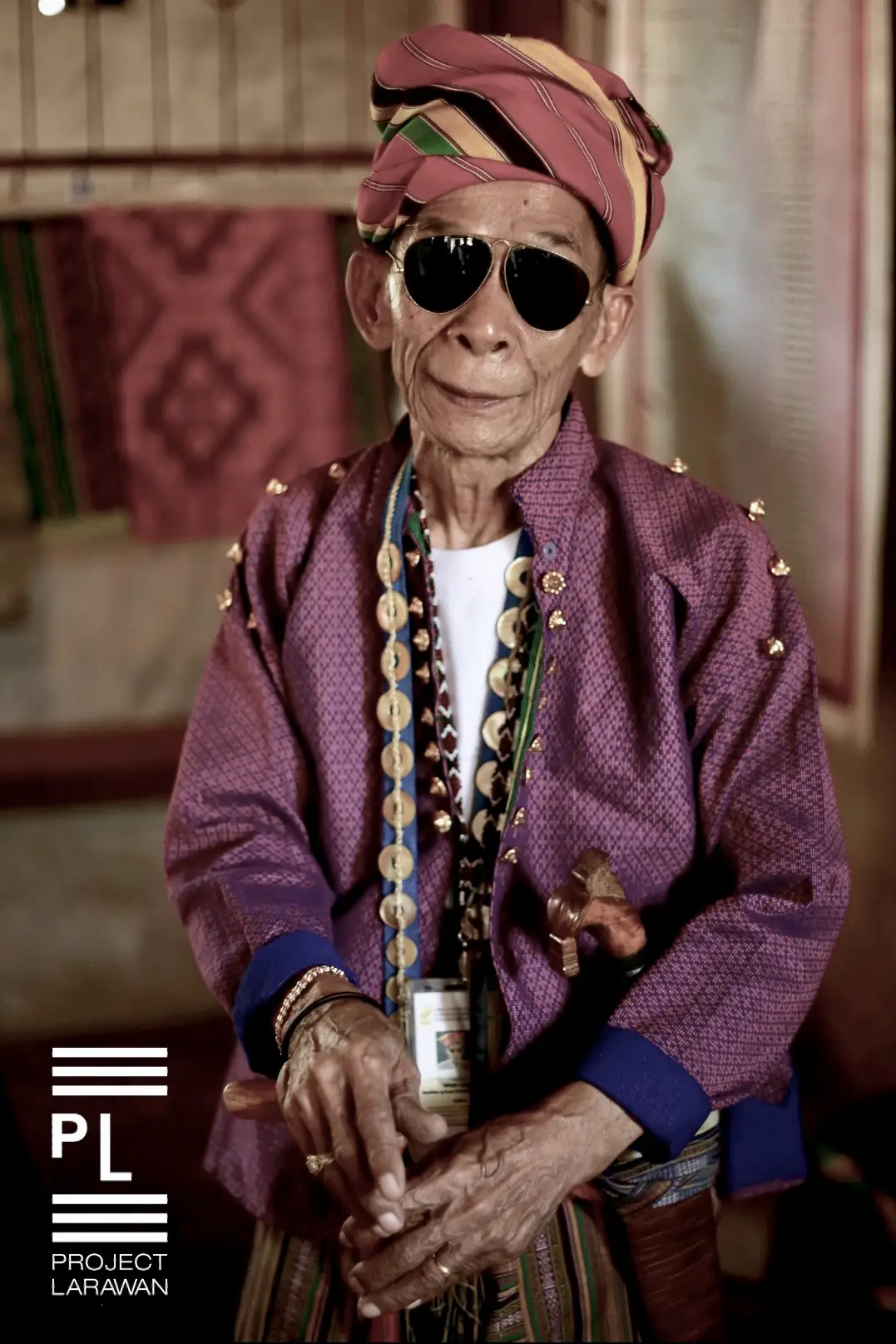
The awardees received their trophies from no less than former president Rodrigo Duterte and from the National Commission for Culture and the Arts, as living national treasures, the two passed away in February and in June this year respectively.
Ja or Lokot lokot, is a crispy and delicious delicacy, it is made of rice flour cooked with coconut oil. It usually comes with Daral (likened to a pancake). it is made of ground rice also cooked in coco oil. They also have Suman in Yakan while the Ilonggo’s call it Ibus (rolled fancy rice with species). It is a big thing on top of the table among Ilongo residents.
A sumptuous meal in Lamitan is a table filled with seafoods and Curacha (Ranirani) is always present.
ECONOMY
The local government receives P936,045, 210.00 share representing the International Revenue Allotment (IRA) and this is over and above the local tax collection.
Goods and other products going in and out of Lamitan pass through the modern Lamitan port, the travel is an hour and thirty minutes to Zamboanga City.
Lamitan port is equipped with sophisticated CT scanner with courteous personnel from the Philippine Coast Guard, Philippine Army and the Police manning to ensure everyone is safe and everything is in place.
The city has a standby 5megawatt power generator with sprawling water supply.
Lamitan businessmen pour their capital in the city. “You will notice most of the business owners here are from Lamitan and only a segment from other place of regions, our investors here are the Lamitan traders,” Furigay said, “Every investor from outside Lamitan or Basilan is always welcome here.”
Copra production is every three months, the rubber every week while the fishing industry is a daily enterprise which pump primes their economy and economically empowers every family..
Furigay said the land valuation in his city remains very cheap “Dito nakakabili ka pa nag isang hektaryang lupa sa halagang P150,000 (Here you can still buy a hectare property at Php150,000.00).
“We have vast land area and it is filled with coconut, rubber, coffee and other plants,” he added.
The property costs as low as P150,000 per hectare depending on the area. Vast tracks of land are filled with rubber, coconut while those in the coastal areas are into fishing.
Fish is very cheap in Lamitan, fisherfolks strictly follow the marine and fisheries law which contributed to their bountiful resources.
One can just buy Curacha or Ranina ranina at P120 per kilo ($2) while other fish are priced at P80 per kilo.
The market is clean and everyone is friendly, if one can sense you are new to the place– they look at you, put a smile on their faces and wave goodbye’s as they leave.
Locals wear Yakan garb while most Muslim women wear hijabs. Men in their usual toursers while christians blend with other cultures, you can see multi-colors among race and tribes along the streets.
You see a street mendicant in Lamitan, Furigay said “Everyone is busy here working and walang tamad dito (no one is lazy here) because they have their farm or the sea to fend for their families.”
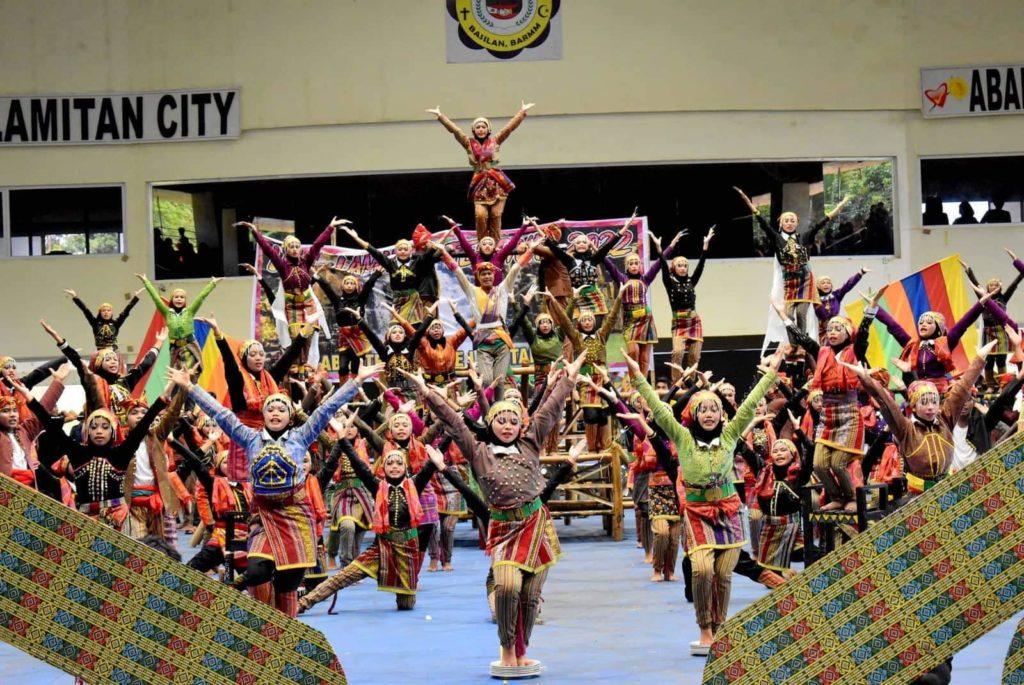
WOMEN AND CHILDREN:
The city government is reaching out to every woman and child in the city, said Furigay “We do not want anyone to be left behind, we always consider a holistic approach in serving our given the diverse culture we have. Our response system is always aligned to the programs and services needed in various communities. We encourage participatory governance, we listen to the different sectors and respond to them based on the policies and resources of the city..”
Good practices and transparency in utilizing the resources of the city is always on top of our consideration, the chief executive added.
To achieve our goal “We engage with the different communities because they are our strength and the essence of my governance, he added.
Lamitan, Covid-19 response is high despite the cultural belief, as the city government explained to the people the importance of getting vaccinated.
The socio-political climate is making their services more dynamic and unique “Because we have to make adjustments to make our services attuned to the needs of the different sector.”
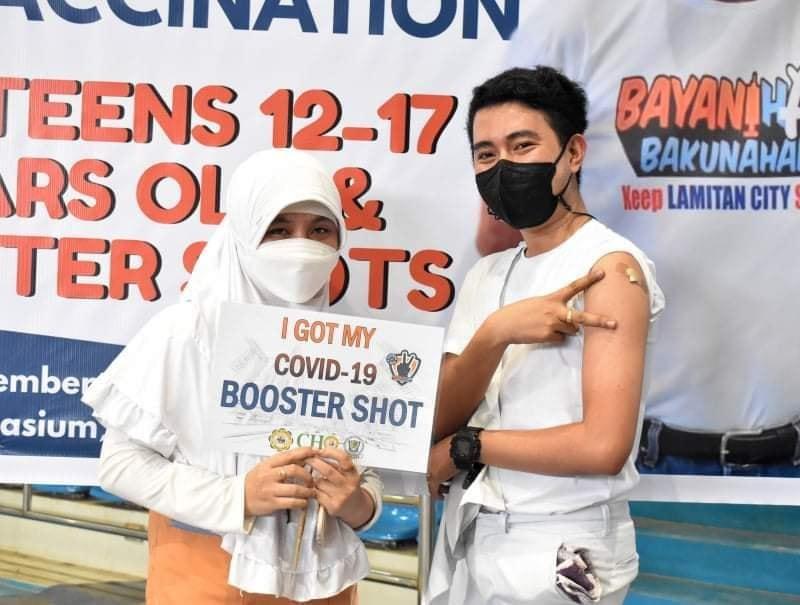
ENVIRONMENT:
The environmental laws of the city is attuned to the global call to be responsive in the midst of climate change, as the impacts of climate change are already being felt throughout the world and urgent action is needed to limit its negative effects.
In Lamitan, everyone is expected to do their share to protect the environment and be responsible in disposing domectis trash. The city collects 30 to 35 tons of general garbage a month.
While producing over a ton of waste daily, Lamitan produced a very good tourism destination out of trash, using dispensed bottled water to construct the renowned “Tulip Garden” which is made of 50,000 empty plastic bottles giving flesh to a colorful collection of tulip flowers, which now stands as tourist attraction generating massive visitors daily.
Raquel Martinez Hibionada, chief of the General Services Office said “Residents here segregate waste at source, they are responsible for their own garbage, we only collect agricultural waste from business establishments while general wastes are collected only on Fridays.”
Other plastic wastes are processed to make hollow blocks serving as pathways at the ecology park.
“Bantay Basura team roams around the city. In Lamitan we do not have garbage bins people are responsible in disposing their waste. General wastes are collected every Fridays while agricultural wastes are collected daily but only in business establishments, Hibionada added.
Fishery laws are strictly observed and no one is allowed to litter.
The road networks are almost cemented from the city hall to the farthest village.
POLITICAL CLIMATE
Lamitan has its own challenges but Furigay describes it “A test of governance and unity, we know some people does not work well with government are around us, but we co-exist they are just here or passing either our territory or visit their families. We cannot hamper peoples movement, as long as they do not cause any harm, because they could have families here.”
The city is under the Bangsamoro Autonomous Region in Muslim Mindanao (BARMM) and the city’s political landscape and leadership sits well with the powers that be alongside with the national government.
All programs and services of the Bangsamoro government is reflected in Lamitan City.
“We have are always aligned to the thrust and services of the Bangsamoro government and the national government as a whole because we are a fraction of the Filipino society in general.” Furigay added.
Lamitan City police shows very minimal crime incidents as people prefer to stay at home after dusk.
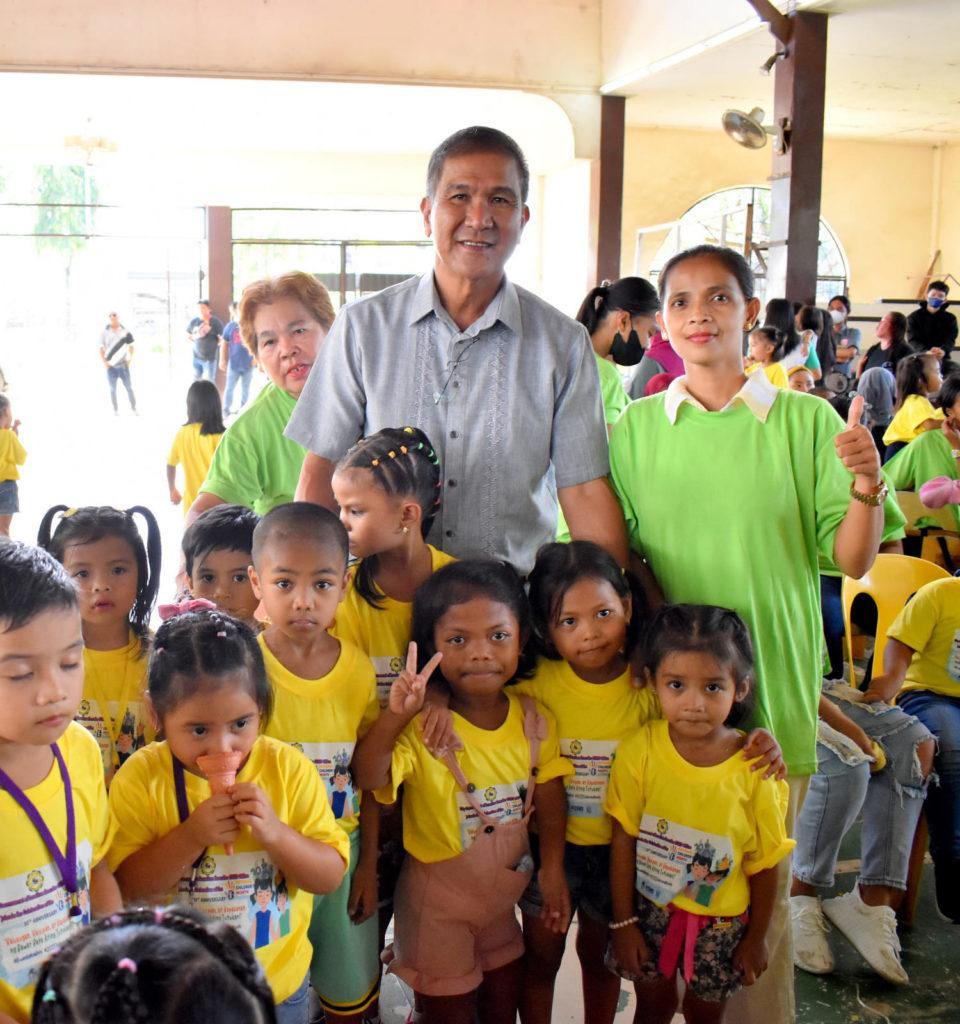
LAURELS:
Despite the economic and political ups and downs, still, the city never fails to get national award which recognizes its economic potentials, the fiscal management. the leadership and the services and programs to the Lamiteños.
If only to count the two-year lull during the pandemic, the city could have had the Hall of Fame trophy a year ago,, But still they are consdiered hall of fame awardee.
For five (5) consecutive years since year 2017, until this year, Lamitan has been a consistent awardee of the Seal of Good Local Governance (SGLG), an award given by annually given by the Department of Interior and Local Government (DILG)
The SGLG criteria are anchored on a performance management system that focus on: 1) LGUs’ capacity – to deliver basic services, 2)governance principles -transparency, accountability; and 3) performance – accomplishment of plans, fund utilization and frontline service delivery, what is crucial is strong leadership.
Those awarded with SGLG means the local government practices Good Financial Administration and Sustainability. Disaster Preparedness. Social Protection and Sensitivity. Safety, Peace and Order.
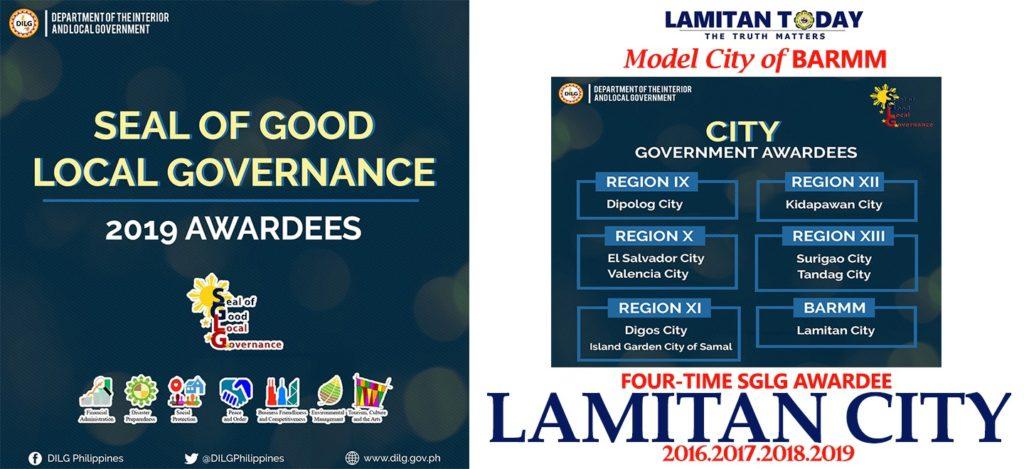
The competition involves 147 cities. to include the 33 highly urbanized city, the independent component city and the 108 component cities.
Not only SGLG, this year, Lamitan City grabbed the prestigious Gawad Kalasag 2022 or the Seal for Local Disaster Risk Reduction and Management Councils and Offices (LDRRMCOs).
The Gawad Kalasag (GK) was established in 1998, it is an annual Search for Excellence in Disaster Risk Reduction and Management and Humanitarian Assistance has served as the country’s recognition and award scheme for various stakeholders who promote and implement disaster risk reduction and management, climate change adaptation (DRRM-CCA).
Colonel Cyril Santander, the commander of the Philippine Army’s 18th Infantry Battalion based in Lamitan City said “Lamitan is generally peaceful naman. Lamitan City people are peace-loving and they cooperate in the maintenance of peace and order, diverse yong culture but they can sit together, may harmony sila kahit magkaiba ang tribe and beliefs nila (The culture is diverse but they can sit together, there is harmony even if they have different political and religious beliefs).
“My city is not perfect, like any other cities in the world, there are isolated cases here in Basilan and BARMM. With the new leadership and a young BARMM government these are given. But we are hopeful that these will be resolved as we slowly come into terms with the new Bangsamoro Government and leadership,” Furigay explained.
The series of awards, according to Furigay “Symbolizes no matter how diverse the people be, regardless of beliefs, political affiliations and culture we remain united and we support each other because we are one people who stand together to attain a common goal called –development.”
“We are diverse but as we are always united- a reason why we are City of Colors in Harmony,” Furigay described.-Editha Z. Caduaya

